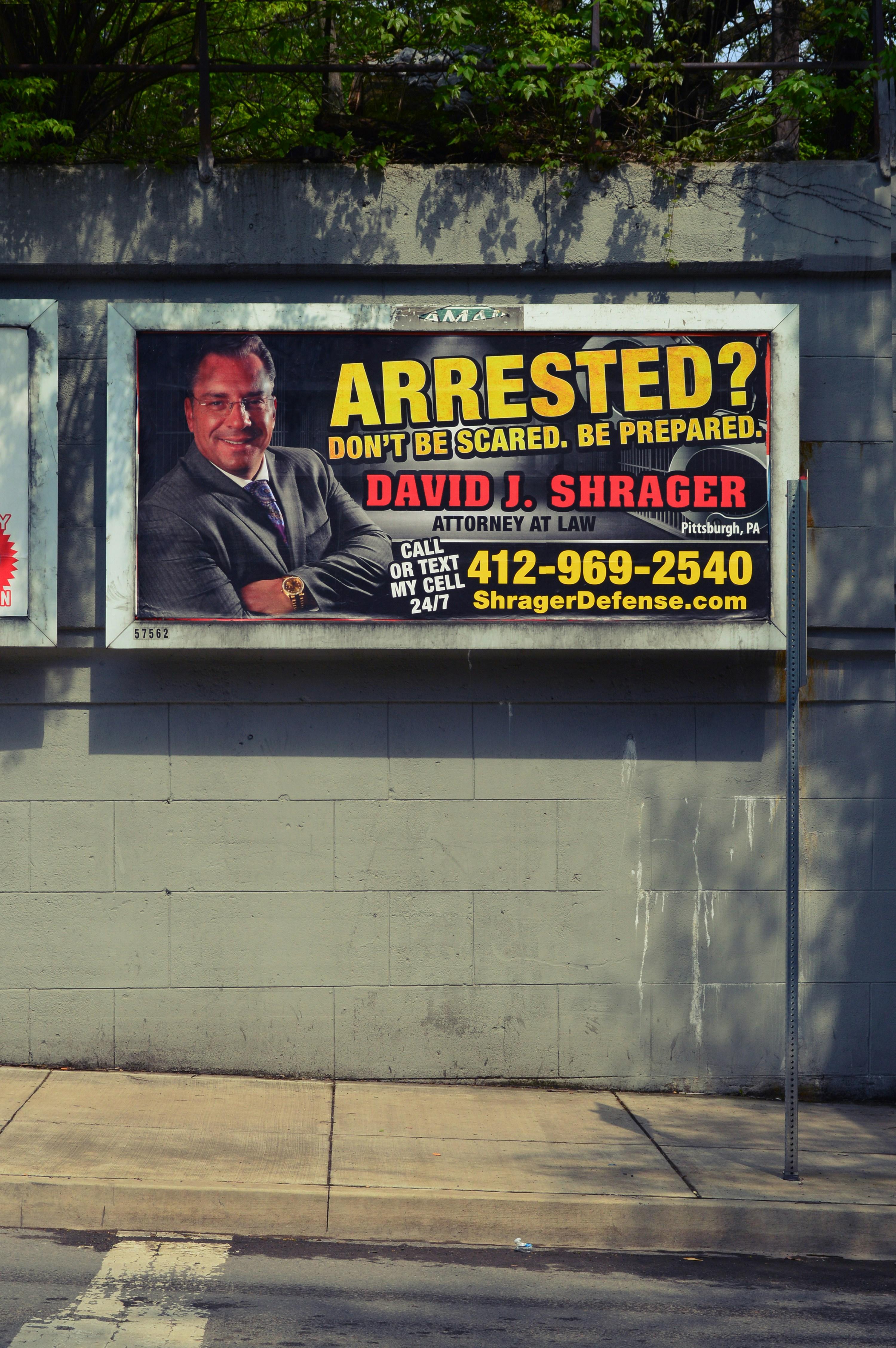In the pantheon of television dramas, few series have achieved the critical acclaim and cultural impact of “Breaking Bad.” Yet, its prequel, “Better Call Saul,” has quietly emerged as a formidable successor, captivating audiences and critics alike with its nuanced storytelling. This article delves into the narrative intricacies that have led “Better Call Saul” to not only match but, in many ways, surpass its predecessor in storytelling prowess. By examining the series’ meticulous character development, innovative narrative structure, and thematic depth, we explore how “Better Call Saul” has redefined the art of the prequel, carving out its own legacy in the world of television. Through a detailed analysis, we aim to uncover the elements that have elevated “Better Call Saul” from the shadow of “Breaking Bad” to a standalone masterpiece of storytelling.
Character Development and Depth in Better Call Saul
In the realm of television, character development often serves as the backbone of compelling storytelling, and Better Call Saul elevates this art to a new level. The series meticulously crafts the transformation of Jimmy McGill into the notorious Saul Goodman, offering viewers a nuanced portrayal of a man’s descent into moral ambiguity. Unlike its predecessor, Breaking Bad, which focused heavily on the external conflicts and explosive narrative arcs, Better Call Saul delves deeply into the internal struggles of its characters, allowing for a more intimate exploration of their motivations and vulnerabilities.
- Jimmy McGill’s Evolution: The show painstakingly traces his journey from a well-meaning lawyer to a morally compromised figure, shedding light on the psychological and emotional catalysts for his transformation.
- Complexity of Relationships: The intricate dynamics between Jimmy and his brother Chuck, as well as his relationship with Kim Wexler, add layers of depth that enrich the narrative and drive character growth.
- Supporting Characters: Figures like Mike Ehrmantraut and Nacho Varga are given rich backstories and development, making them integral to the storyline and enhancing the show’s overall depth.
This attention to character depth not only distinguishes Better Call Saul from Breaking Bad but also sets a new benchmark for storytelling in the television landscape, where character-driven narratives are paramount.
Narrative Complexity and Non-linear Storytelling Techniques
One of the most striking elements that sets “Better Call Saul” apart from its predecessor is its masterful use of narrative complexity and non-linear storytelling. Unlike the more straightforward chronological progression of ”Breaking Bad,” this prequel employs a rich tapestry of storytelling techniques that weave together multiple timelines and perspectives. Vince Gilligan and Peter Gould, the creative minds behind both series, push the boundaries of conventional storytelling by juxtaposing the past, present, and even glimpses of the future, all while maintaining a coherent narrative arc.
- Flashbacks and Flash-forwards: These techniques are not just narrative gimmicks but integral parts of the story that reveal character motivations and foreshadow events, creating a layered understanding of the characters’ evolution.
- Character-Centric Episodes: Some episodes focus entirely on a single character’s journey, often exploring their backstory or pivotal moments that define their future actions, adding depth to their development.
- Parallel Storylines: The show often runs multiple storylines concurrently, allowing viewers to see the interconnectedness of characters’ decisions and their unforeseen consequences.
These elements together form a narrative mosaic that challenges viewers to piece together the storyline actively, resulting in a richer and more engaging experience. The sophisticated use of these storytelling techniques not only enhances character development but also invites viewers to ponder the intricate moral and ethical dilemmas faced by the characters, thereby elevating the series to a storytelling pinnacle.

Emotional Resonance and Moral Ambiguities in Plotlines
One of the most compelling aspects of “Better Call Saul” is its ability to weave intricate narratives filled with emotional resonance and moral ambiguities. Unlike its predecessor, “Breaking Bad”, which primarily focused on the descent of Walter White into the depths of criminality, “Better Call Saul” delves deeply into the psyche of its characters, particularly Jimmy McGill, as he transforms into the morally questionable Saul Goodman. This series offers a rich tapestry of human emotion, exploring the complexities of ambition, love, and ethical dilemmas. It challenges the audience to empathize with characters whose actions often blur the lines between right and wrong.
- Complex Character Arcs: Each character is portrayed with a depth that allows viewers to understand their motivations, creating a more engaging and thought-provoking experience.
- Moral Gray Areas: The narrative often places characters in situations where the distinction between good and evil is not clear-cut, prompting viewers to question their own moral compasses.
- Emotional Depth: The series excels in portraying genuine human emotions, making it easier for the audience to connect with the characters on a personal level.
Through these narrative techniques, “Better Call Saul” surpasses “Breaking Bad” in storytelling by offering a nuanced exploration of human behavior and morality, making it not just a tale of crime, but a profound study of the human condition.

Cinematic Techniques and Visual Storytelling Enhancements
The brilliance of Better Call Saul in storytelling is largely attributed to its masterful use of cinematic techniques that enhance visual storytelling beyond what Breaking Bad achieved. Vince Gilligan and Peter Gould have crafted a series where every frame is meticulously designed to serve the narrative, creating an immersive experience for the audience. The show employs a variety of techniques that contribute to its storytelling prowess:
- Long Takes and Visual Metaphors: By utilizing extended shots and visual metaphors, the series allows viewers to absorb the subtlety of character development and plot progression. This technique provides a richer, more nuanced understanding of the narrative, encouraging the audience to engage deeply with the story.
- Color Symbolism: The deliberate use of color palettes serves as a storytelling device, reflecting the emotional states and moral transformations of characters. From the muted tones of Jimmy’s early days to the vibrant, chaotic hues as he transforms into Saul Goodman, color is used strategically to enhance the narrative arc.
- Unique Framing and Composition: The series often employs unconventional camera angles and compositions, offering a fresh perspective that challenges traditional storytelling norms. This not only adds a visual intrigue but also emphasizes the internal struggles and conflicts faced by the characters.
Through these techniques, Better Call Saul elevates its storytelling, creating a compelling narrative that surpasses its predecessor in depth and complexity. The attention to detail in visual storytelling not only complements the script but also enriches the viewer’s emotional and intellectual engagement with the series.
